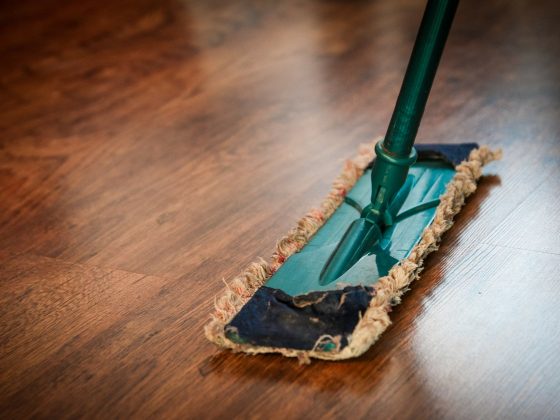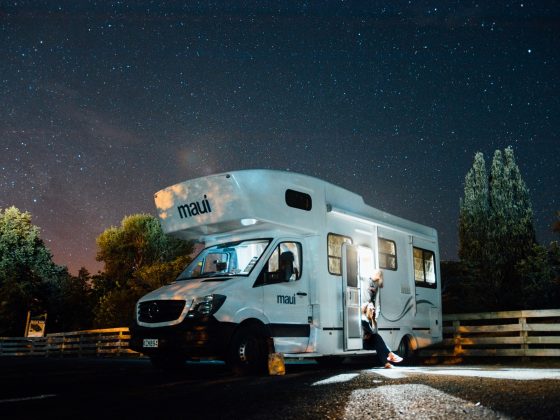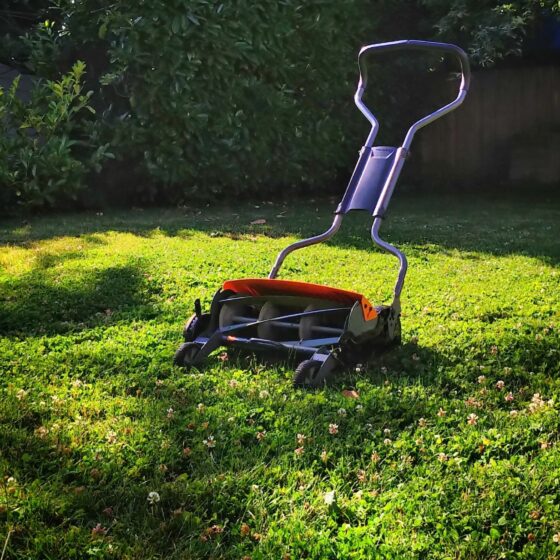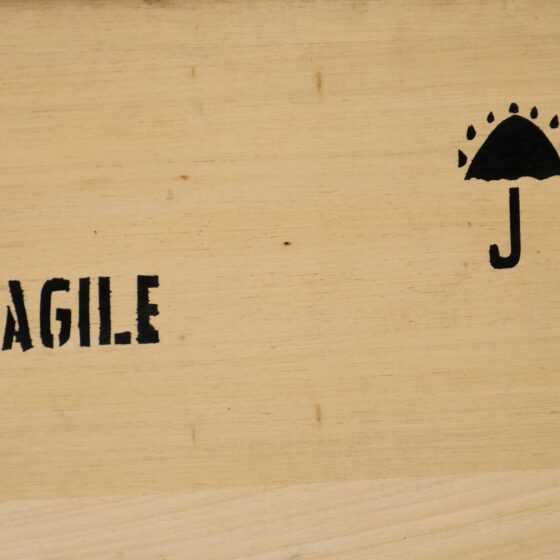Losing your home is one of the scariest things that can happen to a person. The stress, fear, confusion, and sense of loss can simply be too overwhelming to deal with. One of the most common reasons for foreclosures is people not understanding what they’re getting into when they sign a mortgage.
These foreclosure statistics will help you stay on top of the housing market so you don’t have to live through the devastation of losing your home. Staying educated and informed is the only way to protect yourself and your family. By reading about foreclosure in general, knowing how things work, and learning from other people’s experiences, you shouldn’t have anything to worry about.
The Top Foreclosure Statistics to Remember
- As many as 65% of renters said they rent simply because of the circumstances they’re in.
- The total value of mortgage debt was $16.01 trillion in 2019.
- States have introduced housing policies to protect people from foreclosures and eviction due to COVID-19.
- The highest rates of foreclosure were in New Jersey, New York, and Maryland.
- The foreclosure rate goes up when unemployment rates do.
- 59% of Americans think it’s wrong for homeowners to deliberately allow their homes to be foreclosed on.
- 48% of homeowners believe the value of their homes declined during the Great Recession.
- 35.2% of those under 35 owned a home in 2016, marking a significant decrease from 2004 (43.1%).
- The projected number of sold houses for 2021 was 5.57 million units.
- Subprime borrowing went down from 11% to 3% from 2004 to 2015.
General Foreclosure Statistics
Here are some warning stats and facts you need to know if you’re planning to get a mortgage. Find out the value of mortgage debt in the US and which states are taking measures to prevent homelessness during the Coronavirus pandemic.
1. As many as 65% of renters said they rent simply because of the circumstances they’re in.
(Pew Research Center)
A smaller minority of renters (32%) said they opted to rent because that was their preference. When asked if they would continue to rent in the future, only 23% said yes, while 72% said they hoped to buy their own place at some point.
2. The total value of mortgage debt was $16.01 trillion in 2019.
(Statista)
The value of mortgage debt has been rising in the US since 2001, with only a brief dip from 2009 to 2010 ($14.43 to $13.8 trillion)—which no doubt is contributing to the US foreclosure rate. In 2001, the mortgage debt added up to $7.48 trillion, quickly rising to $8.38 trillion the following year.
3. Those not belonging to the white ethnic group were more likely to rent due to a lack of funds for a down payment, at 61%.
(Pew Research Center)
Meanwhile, 45% of whites who rent say it’s because they can’t afford a down payment for their own home. Furthermore, people of color were more likely to rent because they couldn’t afford a home in the neighborhood they wanted (54%), while only 32% of whites listed this as a reason for renting.
Despite current foreclosure rates, the majority of people believe buying a house is a good investment, with only 8% of whites and 16% of people of color disagreeing with this statement and choosing to rent instead.
4. Recent foreclosure data on the Coronavirus show that states have introduced housing policies to protect people from foreclosures and eviction.
(Statista)
A policy scorecard has been devised to better comprehend what steps states are taking to prevent homelessness. Massachusetts had the highest score of 4.15, while Connecticut was second with 3.78. Delaware took third place with 3.73. Wisconsin, Utah, and Texas were among the states awarded a zero, which means they either didn’t introduce any measures or those measures expired.
Foreclosure Rates by State
Let’s see which state has the highest foreclosure rate and which has the lowest.
5. North Dakota had the lowest rate of foreclosures in 2018, at 0.06%.
(Bankrate)
Even though rates in North Dakota increased from 2017 to 2018, the rates were still the lowest in the state. South Dakota also had low rates with 0.07%, as did Montana with 0.11% and West Virginia with 0.12%.
6. The highest rates of foreclosure were in New Jersey, New York, and Maryland.
(Bankrate, Peak Corporate Network)
Foreclosure rate by city shows New Jersey’s rates equaled 1.33% in 2018, New York’s, 0.54%, and Maryland’s, 0.86%. Connecticut, Florida, South Carolina, Ohio, Illinois, and Nevada also made it to the list of highest rates with 0.72%, 0.71%, 0.63%, 0.63%, 0.74%, and 0.6% respectively. California foreclosure statistics, on the other hand, show that the state’s foreclosure rate is slightly less than the national average. Only one in every 2,932 homes is foreclosed on in the state, according to data from 2019.
7. Alaska’s foreclosure rate grew from 0.2% to 0.37% between 2017 and 2018.
(Bankrate)
This makes Alaska the state with the fastest-growing rate. This may have something to do with the state’s struggling economy due to 2014’s dip in oil prices. However, the real estate market is still strong, and the rates are below what they were during the Great Recession.
Homeownership Attitudes & Foreclosure Trends
In this section, we’ll be exploring the way people think about homeownership as well as the latest trends in mortgage applications and foreclosures.
8. 59% of Americans think it’s wrong for homeowners to deliberately allow their homes to be foreclosed on.
(Pew Research Center)
19% still say it’s acceptable for homeowners to deliberately stop paying their mortgage and give up their home. The same foreclosure statistics show that an additional 17% believe it all depends on the circumstances.
9. 21% of homeowners were under water after the Great Recession.
(Pew Research Center)
What this means is that they owed more in their mortgages than what they’d make if they sold their home. Black homeowners were more likely to be in this situation, at 35%. In addition, those with annual incomes lower than $30,000 were more likely to be under water than those who earned over $75,000 per year, 33% vs. 15%.
10. 48% of homeowners believe the value of their homes declined during the Great Recession.
(Pew Research Center)
This is one of the main foreclosure facts explaining why some people believe it’s acceptable to stop paying a mortgage. It seems renters are even more prone to saying it’s fine to stop making payments, with 25% backing this opinion. There are, of course, ways to increase the value of your home, like remodeling, but the value can decrease due to economic circumstances.
11. 35.2% of those under 35 owned a home in 2016, marking a significant decrease from 2004 (43.1%).
(Pew Research Center)
The percentage of those aged between 35 and 44 was also smaller in 2016 than it was in 2004: 69.2% vs. 58.4%. The situation isn’t much different from those between 45 and 54, as 69.1% owned a home in 2016, while 77.2% did in 2004.
12. According to foreclosure stats, 64% of Americans believe young adults can’t afford to own a home.
(Pew Research Center)
Yet, 52% said it was important to own a home in order to become part of the American middle class. Only 24% said owning a home is affordable for people in their 20s and 30s, while 10% believed it all depended on the circumstances.
13. The projected number of sold houses for 2021 was 5.57 million units.
(Statista)
This is above the 5.52 million units estimated to be sold in 2020—and well above the 4.12 million units sold in 2008. The year of the recession marked a significant drop in sold houses from 2005, 2006, and 2007 when there were 7.08, 6.52, and 5.02 million units sold. The foreclosure statistics from 2019 mark 5.34 million units sold, which is why the estimated numbers for 2020 and 2021 were so high.
14. 76% of white people owned a home in 2004, while only 49.1% of black people did.
(Pew Research Center)
Regardless of their differences in homeownership, both ethnic groups suffered from the Great Recession. In 2016, 71.9% of white people owned a home, while only 41.3% of black people did. Hispanics also make up a large portion of the US population, and 48.1% owned a home in 2004, while 47% did in 2016.
15. Foreclosure statistics show there were fewer applications for loans in 2015 than in 2004: 2,665,303 compared to 6,388,598.
(Pew Research Center)
This study also demonstrates alarming disparities based on demographics. Blacks have experienced the most significant drop in applications, going from 425,603 in 2004 to 96,120 in 2015—a 77% drop. Hispanics were similarly affected, with a 76% drop (772,503 to 187,810 for the same years). White people also applied for loans less, though they experienced a significantly lower drop than the other two ethnic groups, at only 45%.
16. However, application approvals have grown since 2004, from 64% to 71% in 2015.
(Pew Research Center)
The same foreclosure statistics note that all three ethnic groups experienced a similar rise in rate approvals from 2004 to 2015. For whites, these numbers went up from 71% to 74%. For Hispanics, they went up from 60% to 64%, and for blacks, the numbers were 52% in 2004 and 55% in 2015.
17. Subprime borrowing went down from 11% to 3% from 2004 to 2015.
(Pew Research Center)
In 2004, 9% of whites opted for high-priced loans, while only 3% did in 2015. The fall was most notable among the black population, as it went down from 32% to 7%. For Hispanics, these numbers went down from 18% to 8%.
The Most Common Reasons for Foreclosures: Statistics and Facts
In this section, we’ll be focusing on why homes are foreclosed on in modern times.
18. Divorce can cause people to lose their homes in foreclosure.
(University of Illinois)
Since divorce is costly, it doesn’t always mean that the person who ends up keeping the house will be able to keep up with monthly payments of the home loan. Along with that, lack of communication between the couple getting a divorce can result in simply forgetting about the mortgage. These scenarios, and many more, lead to foreclosure after a divorce.
19. The foreclosure rate goes up when unemployment rates do.
(University of Illinois)
Because the economy becomes weaker or stronger depending on what’s going in the world, having a job today doesn’t necessarily imply employment tomorrow. Very few people have enough money saved up to cover future home loan payments and bills, sometimes resulting in debt and foreclosure by the mortgage lender.
20. Death can cause more than a loss of a loved one.
(University of Illinois)
In instances where the breadwinner and main provider for the household dies, it’s very likely the family won’t be able to keep making monthly payments on the home loan, thus possibly even resulting in a home foreclosures auction. This can be a very trying and devastating time for a family, which is why it’s always a good idea to hire a housing counselor who specializes in foreclosure to help you deal with the situation adequately.
21. Medical bills may get in the way of paying a home loan.
(University of Illinois)
The healthcare system in America is very expensive, and not everyone has the insurance to cover a major problem. Unexpected illnesses can cause people to put all their money into paying off the medical bills, often at the expense of paying off their home.
Conclusion
Keep in mind while reviewing these foreclosure statistics leading up to 2022 that the possibility of foreclosure is nothing to be afraid of. Just because the process seems devastating doesn’t mean it’s inevitable. Education and precaution are our only weapons against uncertainty, and we should use them wisely, regardless of what form they come in.
Hopefully, this article provided some comfort and strength to help you deal with this (potential) situation adequately.
FAQ
Are foreclosures up or down?
Since the peak in 2010, foreclosures across the US have been steadily dropping. They dropped by 18% just from 2018 to 2019. Over the past decade, they went down by 82%. However, foreclosures in specific states are rising. Mississippi was up 56% in just a year, Florida by 28%, Georgia by 22%, and Arkansas by 21%.
(Market Watch)
What state has the highest foreclosure rate?
In 2018, New Jersey had a rate of one in 605 properties being in the foreclosure process. This fact contributes to New Jersey’s title as the state with the highest foreclosure rates.
The high rates can be explained by the fact that bank repressions peaked in 2017 after 11 years of already being high.
(Experian)
How many houses were foreclosed in 2020?
In the first six months of 2020, there were 165,530 properties filed under foreclosure in the United States. This is according to the latest foreclosure statistics.
(Cision)













